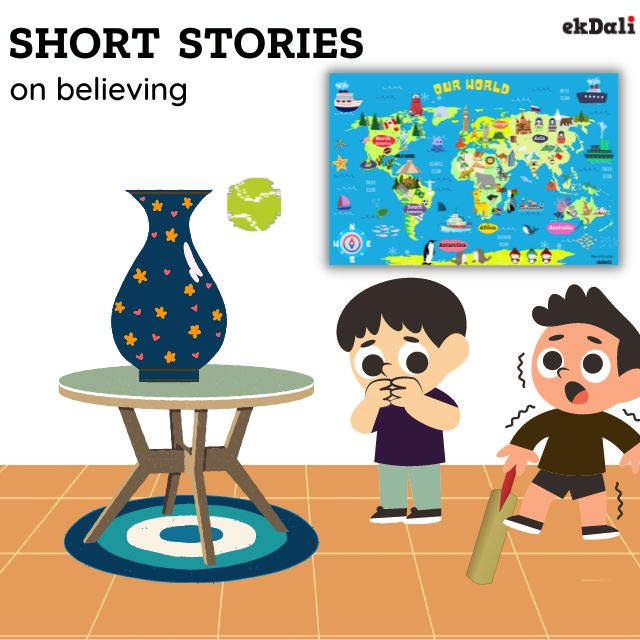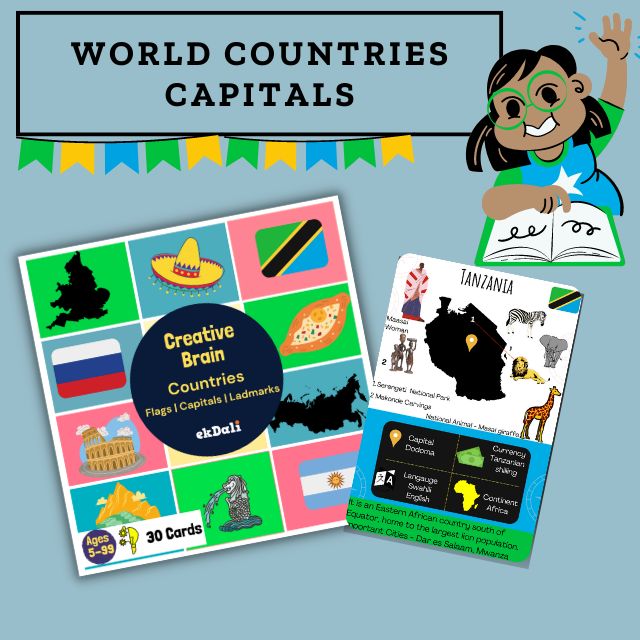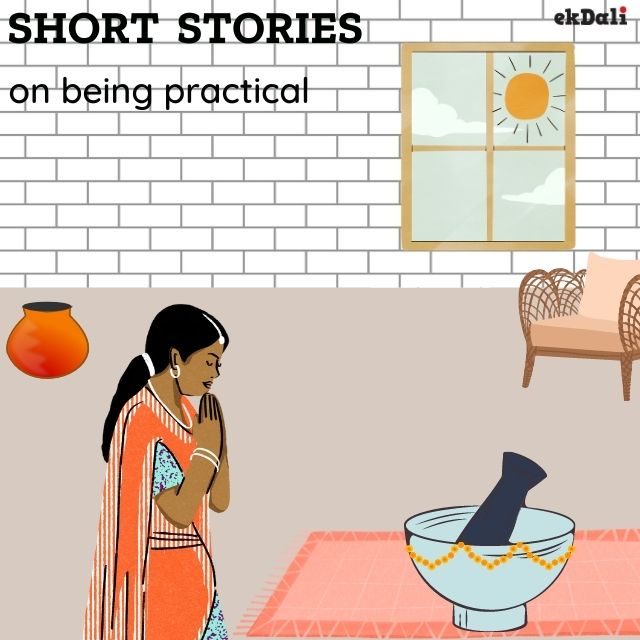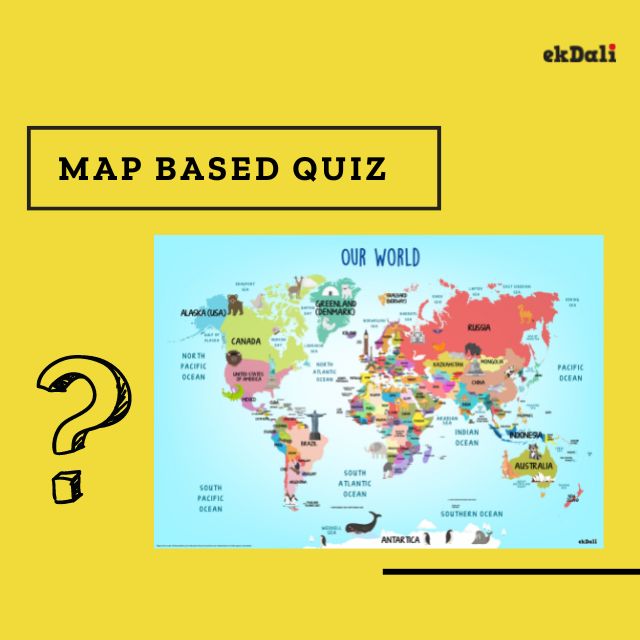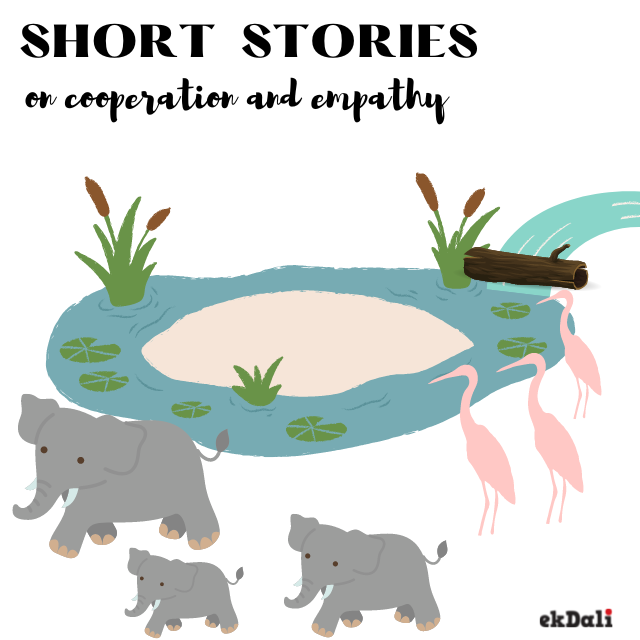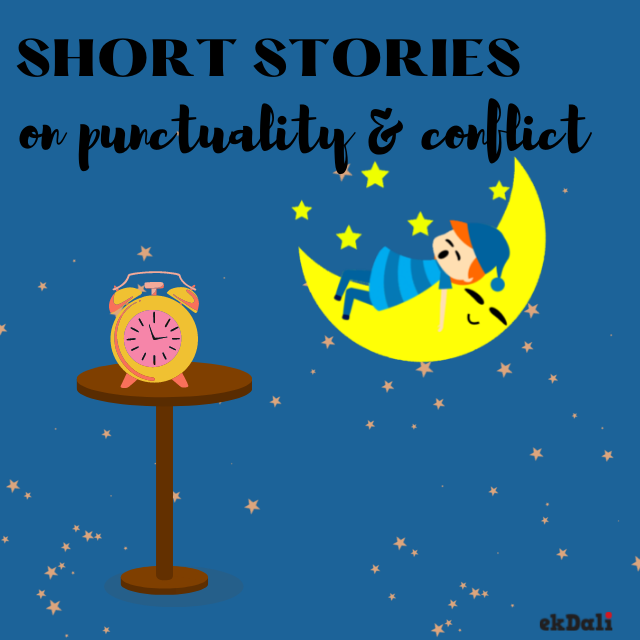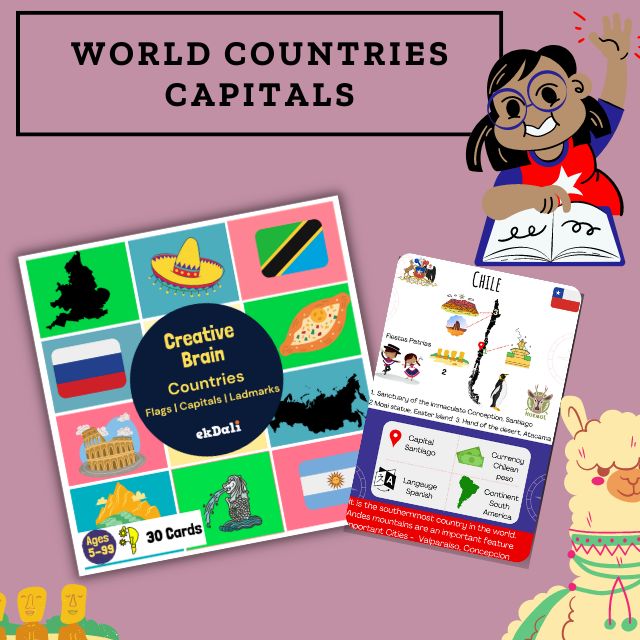If you are looking at a cool way to teach kids about different country facts like capitals, flags, maps etc out world country flashcards are a very cool option
CHILE FACTS FOR KIDS
Chile is a long, narrow country stretching along South America's western edge, with more than 6,000km of the Pacific Ocean coastline.
QUICK FACTS
|
Official name: The Republic of Chile |
|
Capital: Santiago |
|
Official Language: Spanish |
|
Currency: Chilean Peso |
|
Continent: South America |
|
Population: 19.12 million |
|
Major rivers: Bio bio, Valdivia |
|
Major Cities: Santiago, Vina del mar, San Pedro de Atacama |
|
Major Mountains: Ojos del Salado, Tres Cruces |
|
National Sport: Rodeo Chilean rodeo |
|
National Bird: Andean Condor |
|
National Flower: Lapageria Rosea |
|
National Animal: Huemul Deer |
CHILE GEOGRAPHY AND CLIMATE
Chile is certainly a land of contrasting geography. It features arid deserts, beaches, fjords, snow-capped mountains, volcanoes, lakes, forests, and everything in between including ice fields and glaciers.
Chile experiences mild southern hemispheric summers between November and January, with mean annual temperatures of 10°C-12°C, and wet winters between May and August, with precipitation of 72 mm to 90 mm per month.
CHILE PEOPLE, CULTURE, AND FOOD
There are 10 different Indigenous groups in Chile. The largest one is the Mapuche, followed by the Aymara, the Diaguita, the Lickanantay, and the Quechua peoples. Chile is the only country in Latin America, that does not recognize the Indigenous Peoples in its constitution.
The culture of Chile reflects the population and the geographic isolation of the country from the rest of South America. Since colonial times, the Chilean culture has been a mix of Spanish colonial elements with elements of indigenous mostly Mapuche culture, as well as that of other immigrant cultures.
Pastel de choclo is a Chilean national dish and one of the most representative of the cuisine. It refers to a type of corn pie made with a sweet corn or choclo topping covering a mixture of ground beef, chicken, black olives, onions, raisins, and hard-boiled eggs.
CHILE FLAG
The flag of Chile consists of two equal-height horizontal bands of white and red, with a blue square the same height as the white band in the canton, which bears a white five-pointed star in the center. The star is seen as a “guide on the path of progress and honor,” while the blue stands for the sky. The white stripe corresponds to the snow of the Andes Mountains, the red stripe below reminding citizens of the blood of those who sacrificed themselves for the motherland.
CHILE FLORA AND FAUNA
It is estimated that there are about 5,000 known vascular plant species in Chile, with roughly half of those being endemic to the country. Endemic mainland genera include the Chilean Wine Palm, Adenopeltis, Francoa, the cacti Copiapoa and Miqueliopuntia, the Glory-of-the-sun, a bromeliad Ochagavia, Atacamallium, and the Medallita.
Of the more than 600 vertebrate species in the country, only two dozen are considered to be exotic. Notable mammal species include guanacos, real minks, armadillos, culpeo, and opossums. Chile's diverse landscapes include guanacos, vicunas, alpacas, armadillos, foxes, opossums, pudu, and Patagonian pumas.
CHILE POPULAR SPORT
Football is the most popular sport in Chile and is played for a range of reasons. However, the country's most successful sport is tennis. In rural areas, Chilean rodeo is the most practiced sport in Chile, which is the national sport.
CHILE TOURIST ATTRACTION
Sanctuary of the Immaculate Conception: The Sanctuary of the Immaculate Conception on San Cristobal Hill is one of the principal places of worship for the Catholic Church of Chile as well as being an icon of Santiago, Chile. It is notable in particular for a large statue of the Immaculate Conception, some 863 meters above sea level.
Moai statue, Easter Island: Moai statues are massive megaliths at Easter Island, and these are what this island is famous for. The moais were built in Approximately 1400-1650 A.D by the natives of this island also known as Rapa Nui. There are around 1000 statues, up to 86 tons in weight and 10 m in height, though the average is around half of that. 95% of the moai were carved from the volcano Rano raraku. The natives had no metal to carve with, but used only stone tools called Toki.
Hand of the desert, Atacama: The sculpture was constructed by the Chilean sculptor Mario Irarrazabal at an altitude of 1,100 meters above sea level. Its exaggerated size is said to emphasize human vulnerability and helplessness. The work has a base of iron and concrete and stands 11 meters (36 ft) tall.
Fiestas Patrias: Fiestas Patrias – otherwise known as “dieciocho” – is the celebration of Chile's independence from Spain in 1810, and the 18th and 19th of September – which commemorate the first day that the Chilean government gathered to declare independence from Spain, as well as the Day of the Glories of the Army.












